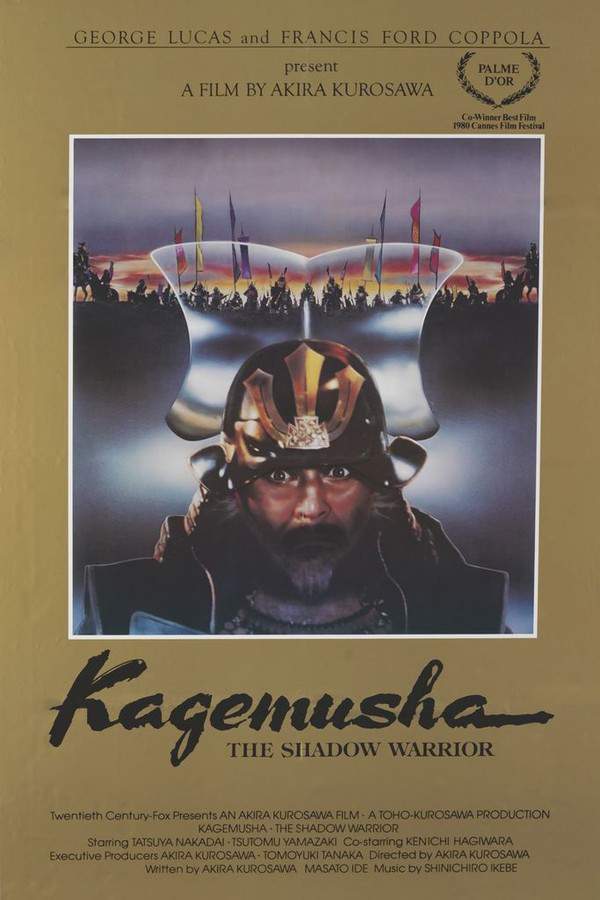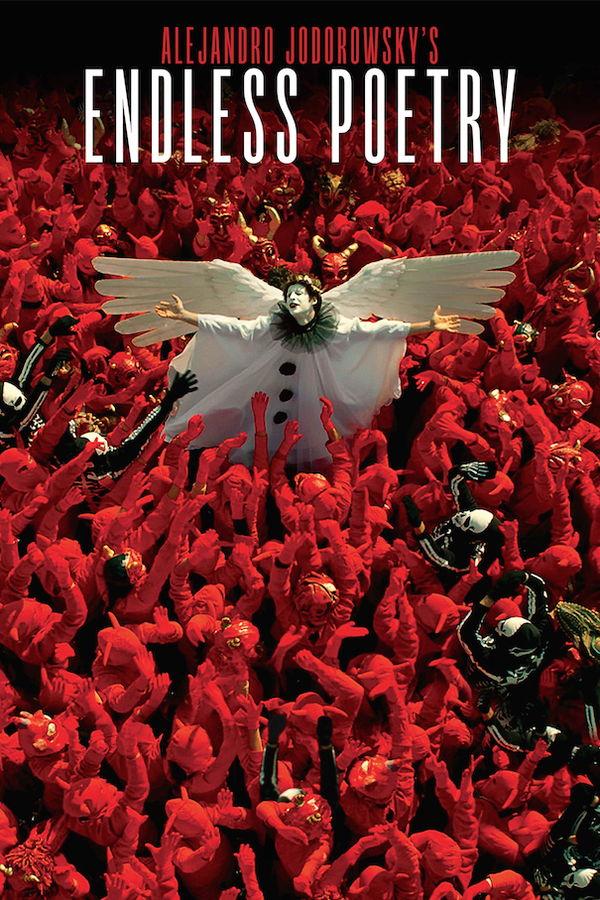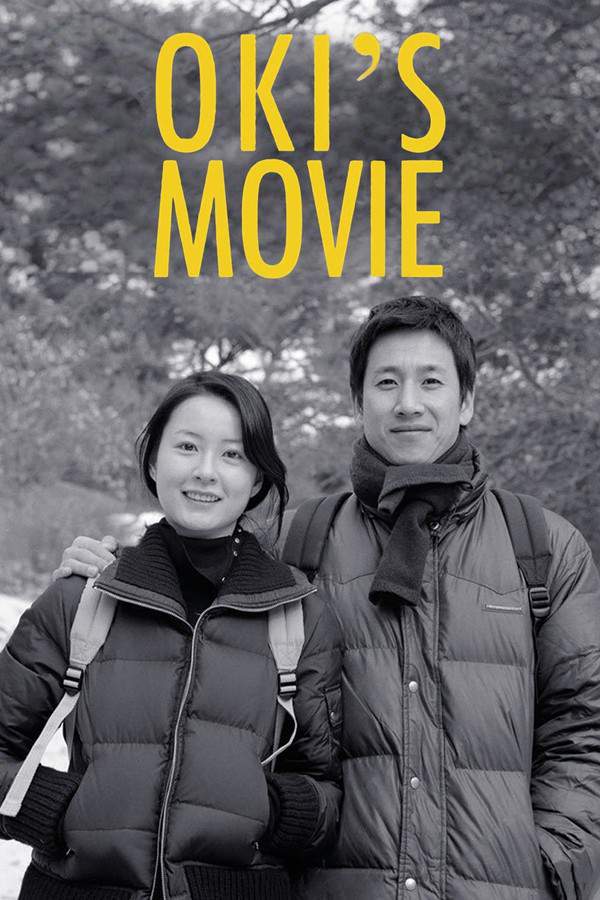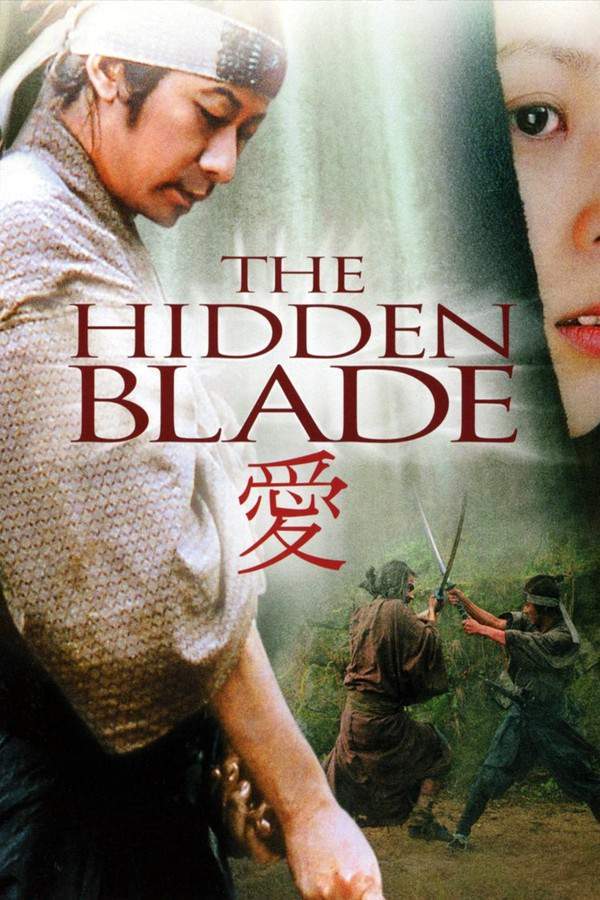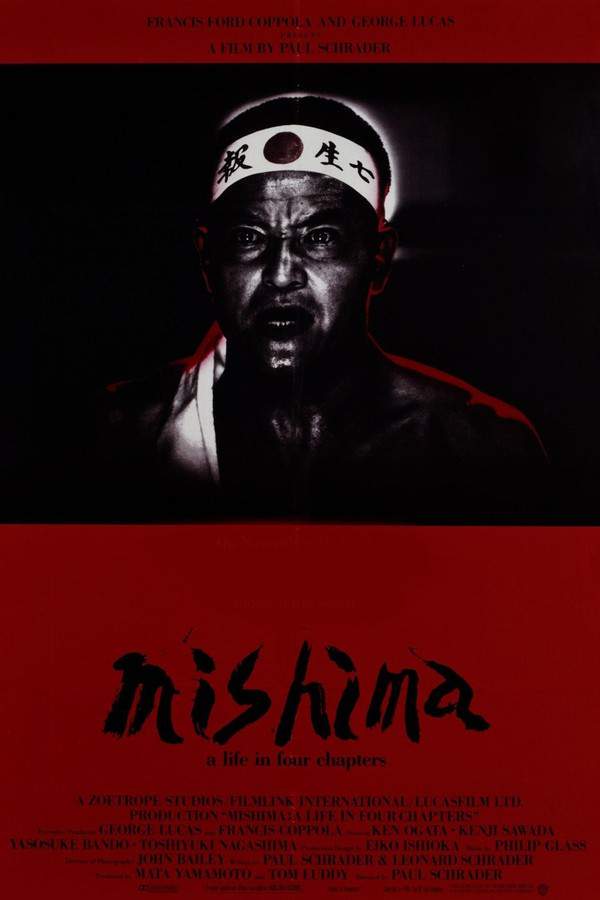
Mishima: A Life in Four Chapters 1985
Directed by
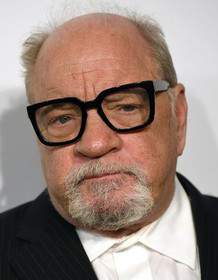
Paul Schrader
Made by

Warner Bros.
Mishima: A Life in Four Chapters Plot Summary
Read the complete plot summary and ending explained for Mishima: A Life in Four Chapters (1985). From turning points to emotional moments, uncover what really happened and why it matters.
The film opens on November 25, 1970—the final day of Yukio Mishima’s life. After completing a manuscript, he dons a uniform of his own design and meets with four of his most devoted followers from his private army, the Tatenokai.
As the story unfolds through flashbacks, we witness Mishima’s transformation from a frail child into one of Japan’s most celebrated writers of the post-war period. In his adulthood, he dedicates himself to honing his body to perfection, driven by a deep fascination with masculinity and physical culture. This morbid obsession leads him to develop a profound disdain for modern Japan’s materialism, which in turn drives him toward an extremist notion of traditionalism. He founds the Tatenokai, fervently advocating for the re-establishment of the Emperor as the nation’s leader.
The biographical narrative intertwines with dramatizations of three of Mishima’s notable works. In The Temple of the Golden Pavilion, a stuttering aspirant feels utterly overwhelmed by the temple’s beauty, prompting him to set it ablaze in a fit of desperation. Kyoko’s House illustrates a tragic sadomasochistic affair between a middle-aged woman and her younger lover, ultimately leading to devastating consequences due to financial dependency. Meanwhile, Runaway Horses portrays a group of zealous young nationalists plotting to topple the government and zaibatsu, culminating in the tragic suicide of their leader. These dramatizations, coupled with the frame story and flashbacks, are elegantly segmented into four distinct chapters titled Beauty, Art, Action, and Harmony of Pen and Sword.
The film reaches its climax as Mishima and his followers stage a hostage situation involving a General of the Japan Self-Defense Forces. He delivers a passionate address to the soldiers, imploring them to join his cause in restoring the Emperor’s sovereignty over Japan. However, his impassioned speech is met with derision and apathy. Following this, Mishima retreats to the General’s office and carries out an act of seppuku, sealing his fate in a display of ultimate loyalty to his ideals.
Mishima: A Life in Four Chapters Timeline
Follow the complete movie timeline of Mishima: A Life in Four Chapters (1985) with every major event in chronological order. Great for understanding complex plots and story progression.
Final Day of Yukio Mishima
The film begins on November 25, 1970, marking the last day of Yukio Mishima's life. He completes a manuscript and dons a uniform of his own design, ready to meet his fate.
Formation of the Tatenokai
Mishima gathers four of his devoted followers from the Tatenokai, his private army. This group embodies his radical vision for restoring traditional values and the Emperor's power in Japan.
Mishima's Childhood
Through flashbacks, the film reveals Mishima's troubled childhood as a frail boy. These early experiences shape his identity and cement his ambitions as a writer and artist.
Dedication to Physical Culture
In adulthood, Mishima becomes obsessed with physical perfection, exploring themes of masculinity. This obsession drives his disdain for the materialism of modern Japan, fueling his traditionalist beliefs.
Establishment of Tatenokai's Ideals
Mishima founds the Tatenokai, promoting his vision of a Japan rooted in traditional values and imperial leadership. His fervent nationalism is expressed through his writings and public persona.
Dramatization of 'The Temple of the Golden Pavilion'
One chapter of Mishima's narrative includes the dramatization of 'The Temple of the Golden Pavilion'. A stuttering man becomes overwhelmed by the temple's beauty, leading him to set it ablaze in despair.
Dramatization of 'Kyoko's House'
In another segment, 'Kyoko's House' portrays a tumultuous affair between a middle-aged woman and her young lover. This relationship ultimately descends into tragedy, exacerbated by dependency.
Dramatization of 'Runaway Horses'
The third dramatization, 'Runaway Horses', follows a group of young nationalists plotting to topple the government. This revolutionary zeal culminates in a leader's tragic suicide, marking a turning point in their cause.
Chapter Segmentation
The narrative is elegantly divided into four chapters: Beauty, Art, Action, and Harmony of Pen and Sword. This structure highlights the complex interplay between Mishima's life and his literary works.
Hostage Situation with General
As the climax unfolds, Mishima and his followers stage a hostage situation involving a General of the Japan Self-Defense Forces. He passionately addresses the soldiers, calling for their support in restoring the Emperor's sovereignty.
Soldiers' Apathy
Despite Mishima's fervent address, his passionate plea is met with derision and apathy from the soldiers. This public rejection deeply impacts him, showcasing the disconnect between his ideals and reality.
Mishima's Act of Seppuku
In a devastating turn, Mishima retreats to the General's office and commits seppuku, encapsulating his loyalty to his ideals. This act serves as both a personal resolution and a tragic statement about his beliefs.
Mishima: A Life in Four Chapters Characters
Explore all characters from Mishima: A Life in Four Chapters (1985). Get detailed profiles with their roles, arcs, and key relationships explained.
Yukio Mishima
Mishima is portrayed as a complex individual, deeply passionate about his ideals yet fraught with inner conflict. As a celebrated writer, his drive for perfection manifests in both his literature and his physical self, showcasing his struggles with modernity and traditional values. His tragic end reveals the depths of his commitment to honor and belief.
Mishima: A Life in Four Chapters Settings
Learn where and when Mishima: A Life in Four Chapters (1985) takes place. Explore the film’s settings, era, and how they shape the narrative.
Time period
1970
The movie is set during late 1970, a turbulent era for Japan, marked by social unrest and a clash between traditional values and Western influences. This time period serves as a backdrop for Mishima's radical ideas about restoring the Emperor's power and his personal struggle against modernity, reflecting the complexities within Japanese society.
Location
Japan
The film takes place in Japan during a time of cultural and political upheaval. Known for its rich history, Japan is presented here as a land grappling with modernity and the traditional values embodied by Yukio Mishima. The conflict between contemporary materialism and a yearning for imperial reverence emerges vividly through the character's actions and beliefs.
Mishima: A Life in Four Chapters Themes
Discover the main themes in Mishima: A Life in Four Chapters (1985). Analyze the deeper meanings, emotional layers, and social commentary behind the film.
⚔️
Honor
Honor plays a crucial role in Mishima's life and philosophy. His ultimate act of seppuku is not just about personal loyalty to his ideals, but also a broader reflection of honor in a modern world that often seems devoid of it. The film challenges viewers to consider what true honor means in a changing society.
📚
Artistry
Mishima's life is interwoven with his literary contributions, showcasing the significance of artistry in expressing identity and existential contemplation. Through dramatizations of his works, the film emphasizes the power of storytelling as a means of understanding one's self and societal values. The contrast between beauty and destruction is central to this theme.
💔
Tragedy
Tragedy is a recurring motif in both Mishima's life and artistic endeavors. His fixation on beauty and perfection leads to tragic outcomes, both in his personal relationships and his ideological pursuits. The film illustrates this tragic trajectory, culminating in Mishima's suicide, which serves as a poignant reminder of the cost of obsession.
Movies with Similar Twists and Themes
Uncover films that echo the narrative beats, emotional arcs, or dramatic twists of the one you're exploring. These recommendations are handpicked based on story depth, thematic resonance, and spoiler-worthy moments — perfect for fans who crave more of the same intrigue.
Featured on this page

What's After the Movie?
Not sure whether to stay after the credits? Find out!
Explore Our Movie Platform
New Movie Releases (2025)
Famous Movie Actors
Top Film Production Studios
Movie Plot Summaries & Endings
Major Movie Awards & Winners
Best Concert Films & Music Documentaries
© 2025 What's After the Movie. All rights reserved.


